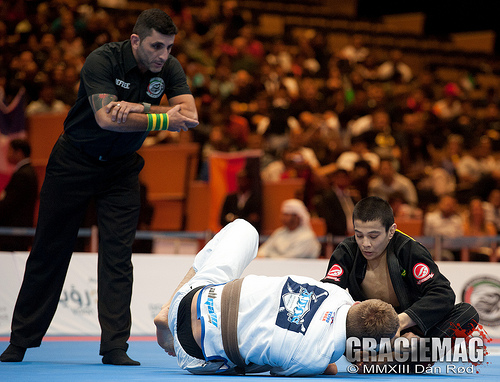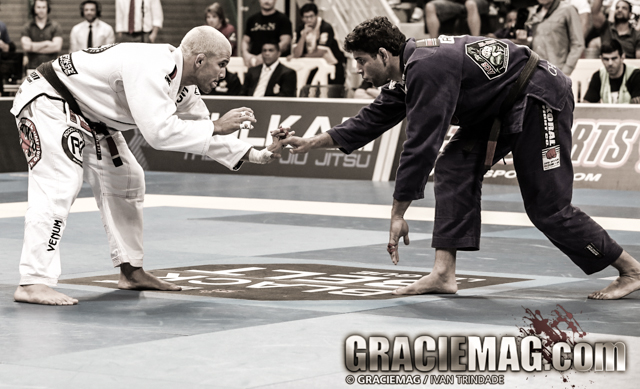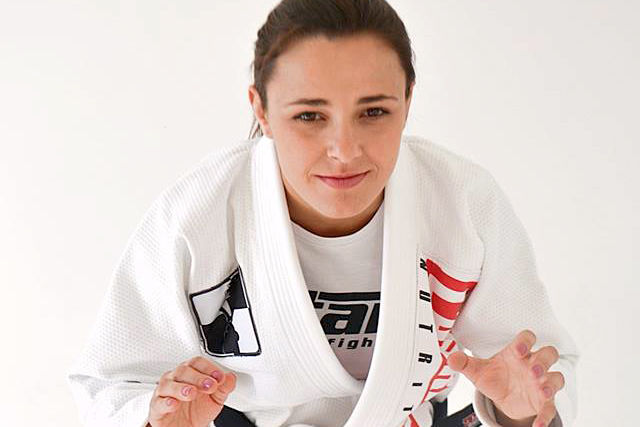By Breno Sivak, professor and black belt from Gracie Humaitá
There is an urgent need to understand that in order to grow and aim to become an Olympic sport, first we need to accept that on video many fights are hard to understand and ugly to watch.
Grand Master Helio Gracie has commented that: “Dancing is beautiful, fighting is supposed to be efficient and effective.”
Jiu-Jitsu, recreated in Brazil by the Gracie family, aimed for self-defense at first and it stayed like that for decades without the competitive connotation until they decided to write the rules of sportive Jiu-Jitsu and to initiate the official championships.
The fact is that in fights where there is no grappling, like boxing, muay thai, karate, etc., the most uninformed watcher understands quickly what is happening. With Jiu-Jitsu, the more efficient but less cinematic of the arts, it doesn’t happen.
The final turn of Jiu-Jitsu will happen on the day we understand that any sport that wants to survive in these new times needs to understand that dynamism is the key word. After all, watching the championships live via internet, smartphone, computer and television screens will be something as common as talking on the phone today.
The lack of combativeness is by no means a novelty in Jiu-Jitsu. In older championships, some fighters locked opponents in their guards or immobilized in side control for ages, and just when the audience shouted like crazy to the referee a punishment would often occur.
There has been tremendous development in the refereeing of Jiu-Jitsu fights, and the sport now has a group of professional referees and frequent refresher courses, which is essential. The crucial point, however, is the “feeling” of the referee to understand that it is a responsibility not to allow the lack of combativeness – this swamp where ever sank the claims of popularizing the gentle art on the planet.
As in any sport, new positions were created and perfected, like berimbolos, 50/50, with the initial intention of seeking efficiency, and perhaps even more dynamism. The fighter who uses them is then positioned so that if the opponent attacks, he or she will certainly be swept back and if he falls back, he will suffer the same two points. But this only worked when few knew them. Now, when the positions are used, no one moves, knowing that moving means losing points.
I’ve gone to Abu Dhabi as a guest, and saw up close the brown belt absolute final between Keenan Cornelius, 88kg, against Paulo Miyao, 61kg, who in the semifinal had defeated the great fighter and local hero Faisal Al Ketbi, a monster of 100kg and who has been trained by the best professors in the world for ten years and lives to fight. And me, who thought he was about to see a light featherweight become the absolute champion, saw something extraordinary instead, something even more unusual.
The main referee Luciano Mendes, who, I must say, respected exactly what is written in the rule book when it comes to punishing lack of combativeness. As both were tangled, each waiting for the other to move in order to sweep, they began to take warnings and punishments. Both continued without taking the initiative to attack; only simulating actions without purpose. After the fourth and final punishment, the black belt Luciano, as stated in the rule, stopped the fight, the two fighters were disqualified and sent them off the mat without the dollars, the medals and the champion belt, glory that went to the winner of the match for the third place.
For me, this was the highest moment in Jiu-Jitsu occurred since the professionalization of the referees, and may be a turning point. This episode can and should be used as an example so the fighters understand that the lack of combativeness or trying to deceive the referees with simulations don’t lead to the gold medal, but to the elimination. Only then we will take a big step towards dynamic and exciting fights to watch, very different from what we see in most championships.





